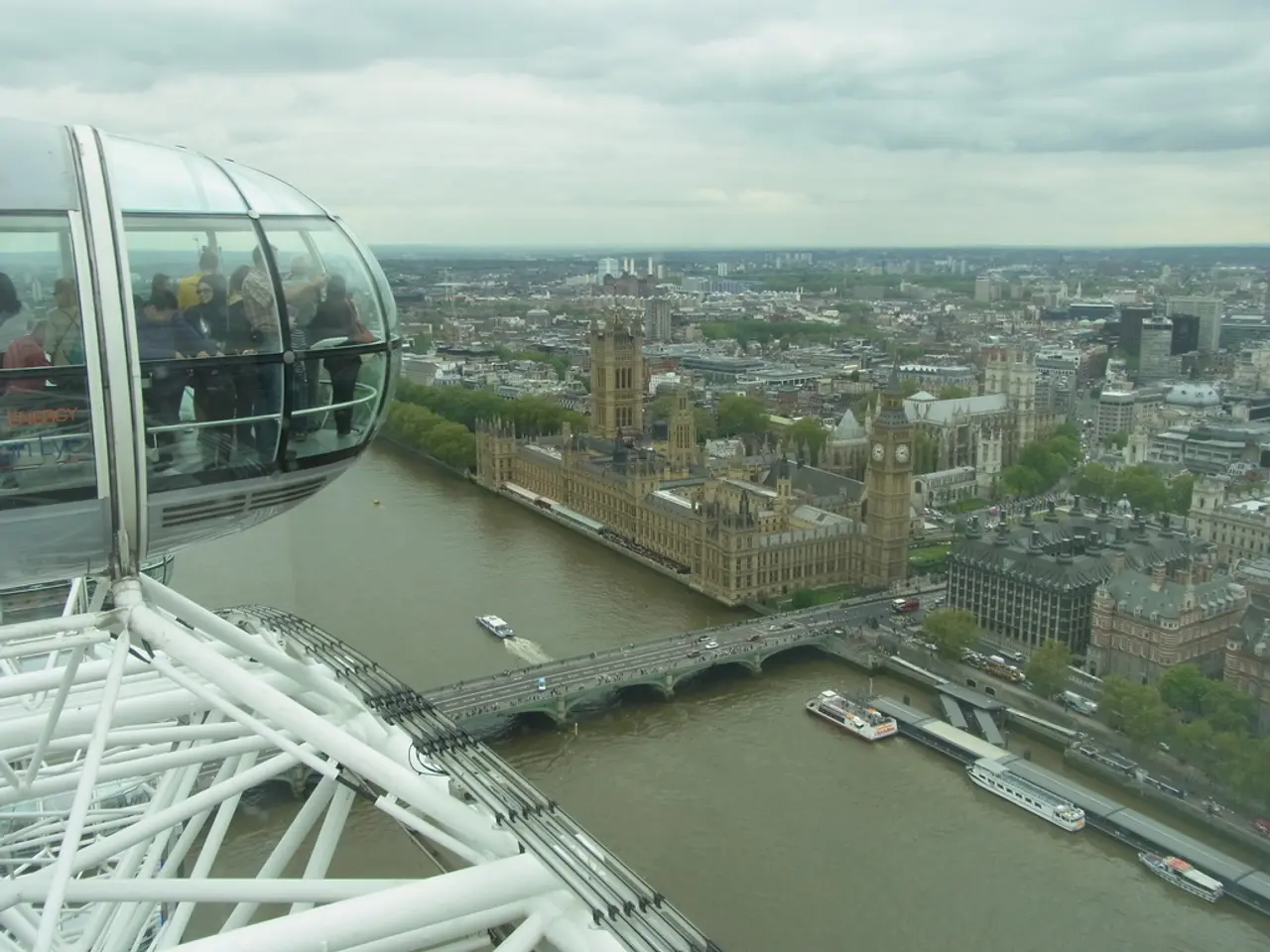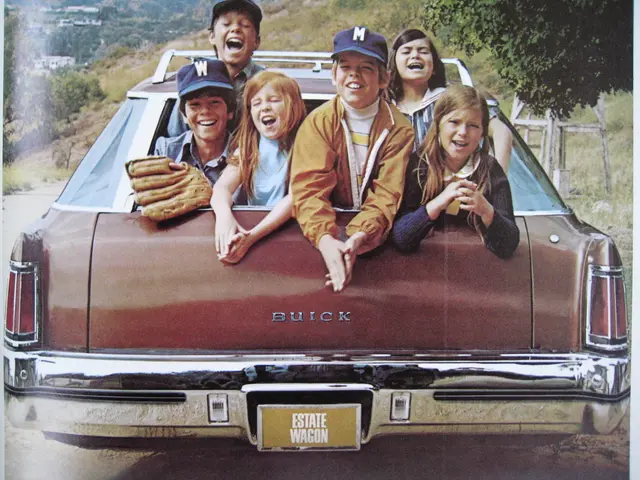Over a half of British homes have achieved the insulation standards, as set in the 1970s.
In an ongoing effort to combat the energy efficiency challenges faced by older British homes, EDF Energy, in partnership with Sprift, has conducted research that highlights the need for more comprehensive support and improvements.
The study, which analyzed 25 million homes across the country, reveals that millions of homeowners are missing out on significant savings on their energy bills due to poor insulation. This is a concerning finding, given that the current situation leaves many households struggling with high energy costs.
Despite the introduction of the Great British Insulation Scheme (GIBS) in April 2023, progress in improving the energy efficiency of older homes has been slow. The scheme, which focuses on homes rated EPC D-G and lower council tax bands, aims to reduce fuel poverty and energy bills. However, the overall pace of improvement is still insufficient to meet 2030 energy targets.
One of the key issues is the high costs of retrofitting historic buildings, which make up a substantial portion of older British homes. This, combined with the economic pressures like the cost-of-living crisis, reduces affordability for such works.
Philippe Commaret, Managing Director for Customers at EDF, stated that little progress has been made in improving the energy efficiency of older British homes in the past two years. He emphasized the need for increased retrofit rates, stronger policy enforcement, and integration of insulation standards within a broader energy efficiency framework for older British homes.
EDF Energy is advocating for the expansion of the GIBS to include Council Tax Band E homes in England, which would bring in an additional 2.4 million homes. Currently, the scheme only includes Council Tax Bands A-D homes. Over half (55%) of the properties only meet the insulation standards set in 1976 or earlier, underscoring the need for a more comprehensive approach to insulation improvements.
In addition to extending the GIBS eligibility, EDF proposes including heating control measures, such as room thermostats, as a secondary measure for all customer groups. This could open up much-needed support to customers, including those on low incomes, struggling with the cost of heating a larger home.
The research also identified insufficient cavity wall insulation, absence of double-glazed windows, inadequate loft insulation, and poor floor insulation as the primary causes of heat loss in many homes. Addressing these issues could lead to significant bill and usage reductions for households.
While initiatives like the GIBS have provided structured support for improving insulation in older homes, achieving the 2030 EPC targets will require a concerted effort from all stakeholders. Achieving this goal will not only help households save on their energy bills but also contribute to the national effort to reduce carbon emissions.
Read also:
- Organic Avocado Mattress for sleep: Essential for a Healthy Rest
- Increase in Green Jobs by 48% in India, primarily fueled by Generation Z and secondary cities: Study reveals
- Unveiling the Environmental Impact: The Resource Consumption Behind Big Language AI Models
- The environmental impact of buying used clothing: A closer look








